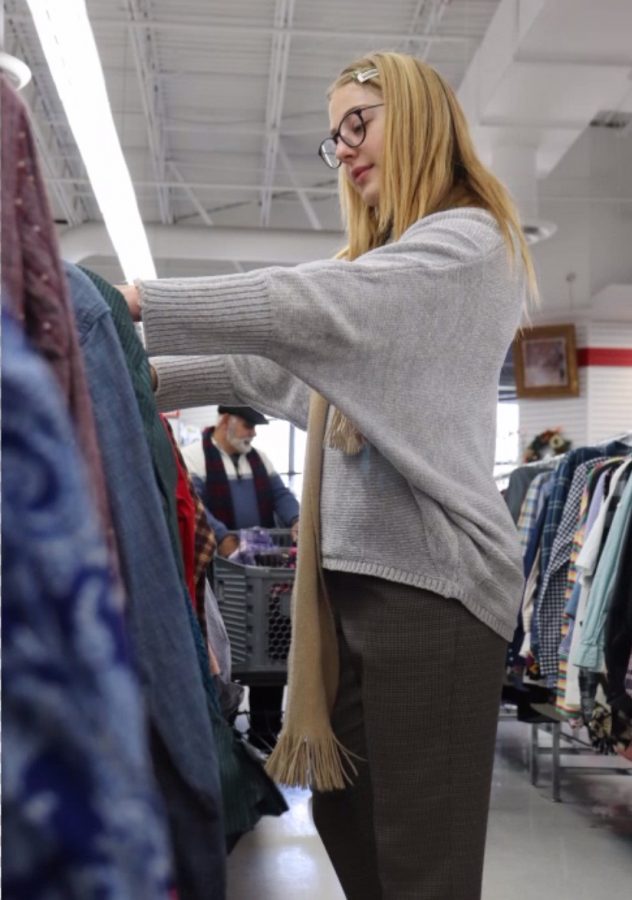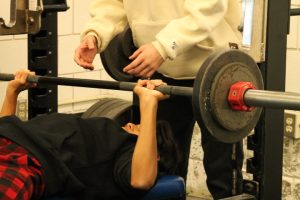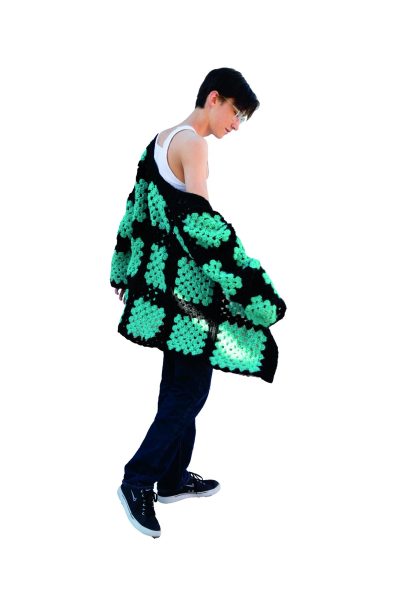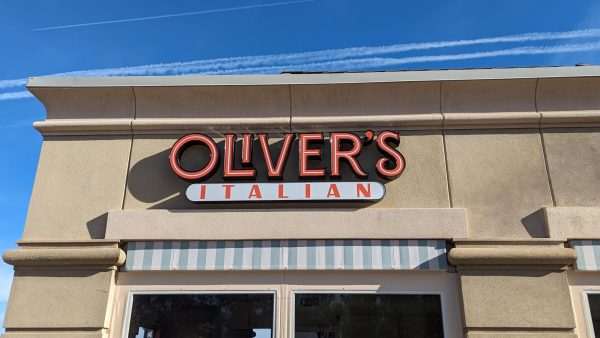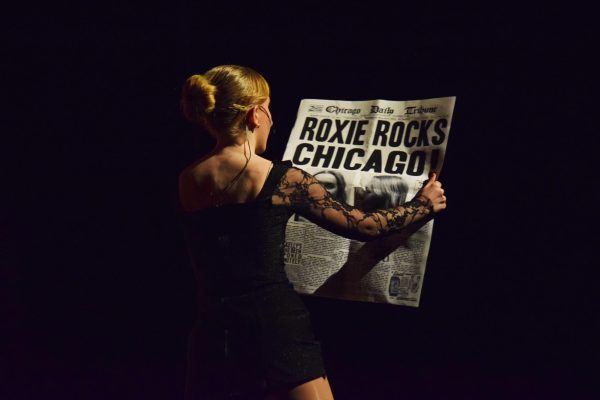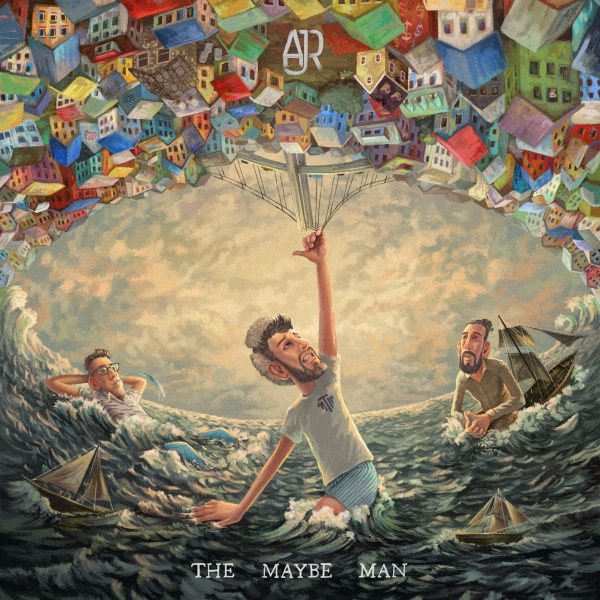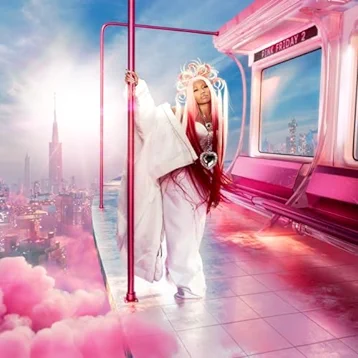thrift culture
The rise in popularity of buying second hand.
STYLES: Senior Emma Stengel looks through jackets at Arc Thrift store. Stengel prefers thrift stores because she is able to find clothing that is affordable, unique, and environmentally friendly.
February 6, 2020
A few times a month, senior Emma Stengel chooses to spend her Saturdays sifting through brightly colored cardigans and floral print midi skirts to find what she hopes to be the perfect clothing item. At thrift stores like Arc Thrift and Buffalo Exchange, she looks through racks and racks of secondhand clothing, not only for accessibility, but also for ethical reasons.
“At first it was because I liked the fashion and it’s affordable, but now it’s because of [other] reasons,” Stengel said. “[It’s] because of the environmental aspect. I’m [doing] it to try to reduce the amount of waste I’m producing.”
Thrifting has become more and more popular over the past few years and has grown 21 times faster than the retail market, according to GlobalData. With the rise in popularity, the reasons why people thrift ranges.
“A lot of celebrities are [thrifting] now. It’s gotten a lot more popular in media,” senior Cole Motsenbocker said. “People might not have thought to [thrift] that much, but it’s becoming a lot more mainstream.”
With mass attention cast upon thrift culture, many celebrities have brought hype to buying secondhand by posting about it on social media and platforms such as YouTube. ‘Immersive shopping’ has become the number one largest trend on YouTube, according to MediaKix, and “hauls” and “shop with me” thrifting videos are included in this.
“People have started thrifting because of celebrities which is good because it makes an environmental friendly option trendy,” Motsenbocker said. “I think that social media influencers are the ones who have started this whole thrifting revolution.”
In America, 85% of clothing that could be recycled ends up being thrown away. This has led to different clothing textiles accumulating almost 10% of solid waste that Americans produce, according to The Saturday Evening Post. And while many people have started noticing the current environmental crisis, many don’t understand how much clothing plays a part in this.
“[Since] people can’t see the immediate cost, like the negatives of producing so much waste, so there’s not any immediate change happening right now,” Stengel said. “I do wish more people would be more environmentally conscious.”
With the environmental benefit that thrifting brings, it also helps to connect communities. Some of the most common thrift stores also act as a non-profit. Arc Thrift helps fund programs that serve individuals living with developmental disabilities, and Goodwill serves to fund different community programs like job training and placement services.
“With thrifting, I guess you get more than you give. It’s good to increase the lifespan of [an] item of clothing,” said sophomore Anna Olsen. “But mainly, you can help the environment and different people just because you like some clothing.” 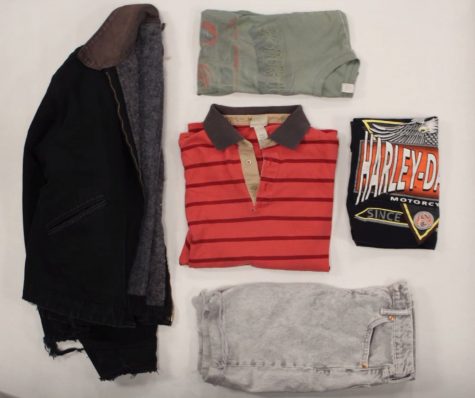
CONVENIENCE: These are senior Cole Motsenbocker’s favorite thrifted clothing items from Buffalo Exchange and Arc Thrift. Motsenbocker prefers Buffalo Exchange because of the brands names that are easier to find there.
Photography by Faith McCurdy

